EV Journey of India
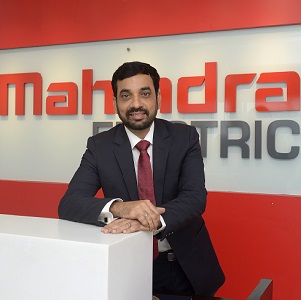
Mahesh Babu is currently the Managing Director & Chief Executive Officer of Mahindra Electric. He is a Fulbright Scholar and has completed his Leadership in Management from Tepper School of Business, Carnegie Mellon University, Pittsburgh, and holds a post-graduate degree in Engineering from BITS, Pilani.
Under his leadership, Mahindra Electric has launched four new electric vehicles, and the mobility platform NEMO, which stands for Next-Generation Mobility. He has been instrumental in shaping the electric mobility solutions of the future, through path-breaking initiatives in the commercial fleet space and by expanding the electric portfolio from 48V till 650V drivetrains.
Electric vehicle is the focus of mobility transformation which is being co-driven by connectivity, autonomy and shared. Mahesh Babu in our last conference, Connected Vehicle 2020, held in March’20 at Bengaluru, had talked about the need and importance of sustainable mobility. During his leadership address he said, “It is important that we look at the energy needs of future mobility, which is clean and efficient. Moving a billion people, has to be a multimodal transport, where you get down from metro and use electric three wheeler, which too can be shared, to reach destination”.
Recently, Telematics Wire got in touch with him to get his views on electric vehicle in India, mentioned in following section:
Would you like to summarise the journey of Mahindra Electric so far?
Over the last decade, Mahindra Electric has moved on from being a vehicle manufacturer to a complete EV technology solutions provider. Our focus and aim is to bring affordable e-mobility solutions to the masses at the same time making India a global hub for developing and manufacturing of electric vehicles. We have experience of over 230 million electric kilometers on Indian roads that have helped us in understanding the economics of EVs better.
Mahindra’s EV journey began almost 20 years back with the launch of Bijlee electric three-wheeler and today we are the pioneers in EV technology and offer the best connected mobility solutions, last/first mile mobility solutions, and electric fleet management solutions.
What is your view about standardization of charging infrastructure in India?
Standardization of Charging Infra is a work in progress as the technology is still evolving. For mature products like 4W – a certain level of standardization has been reached. For e.g. AC – Type 2 is coming up as the standard and for DC – Most of the current and upcoming High Voltage vehicles are going for CCS. For Low Voltage vehicles – DC 001 (Bharat standard) is the Fast charging standard. For segments that are still scaling up and evolving like the e 2W and 3W, there is no standardization as such and most OEM’s are going with own solutions at the moment. As the market evolves there might be standardization in this space as well.
What is your view about charging infrastructure in India?
India has a very unique EV mobility scenario as compared with the rest of the world, where our electrification is driven to a large extent by 3W and 2W followed by commercial 4W. Therefore India’s charging infrastructure also would be unique in catering to this mobility scenario. We feel a large segment of India’s EV fleets charging needs would be catered to by intelligent, connected and safe AC charging solutions which would have to be scaled by distributed, entrepreneurship models. Specific use cases like 4W Fleet operations and intercity travel would demand for DC Fast charging solutions. Battery swapping could also be an interesting model for 2 and 3W provided the scalability and economic viability are proved out. Therefore charging infrastructure in India is a very different and unique scenario.
Is there a possibility of seeing charging point mushrooming across the country on the lines of PCOs for telecom in 90s.
Ideally such a model would be great for charging as it would help our large upcoming population of e 2W and 3W find a charging point wherever they go and at the same time provide a means of additional revenue and entrepreneurship for small and medium businesses across the country. With suitable charging solutions that are intelligent, connected, economical and safe – such a model can be made possible and scaled rapidly.
With so many players in EV segment, do you think there is need for some caution? Do you anticipate mergers or acquisition of startups in EV segment?
Electric mobility bring in opportunities in product manufacturing, charging infrastructure, shared mobility segment and services. Today, start-ups have the option to cater to all three opportunity even as new business models like second-life battery and other models begin to emerge. The electric vehicle segment will redefine and streamline operations and businesses. It will make the world simpler and there will be a lot more consolidation. Every company today wants to venture or invest in EVs which will give start-ups wings to fly.
Do you think Indian automotive could be overwhelmed or uprooted by Chinese automotive players in coming decade? What caution if any, needs to be exercised at policy maker’s level?
India has a strong and stable policy in FAME and Phased Manufacturing Program that has the potential for India to become a hub for electric vehicles. Mahindra Electric has been consistently investing in localization of EV components and as a matter of fact, every component of our Treo range of electric three-wheeler (except cell) is made-in-India. Various state governments have also announced EV policies that offers fiscal and non-fiscal benefits to EV buyers. Unlike many other global countries, India is a unique market dominated by two/three-wheelers which will head India’s transition towards e-mobility.
Published in Telematics Wire

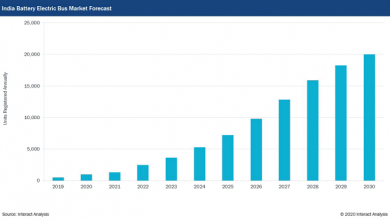
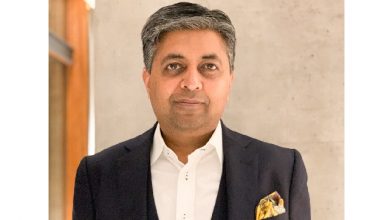
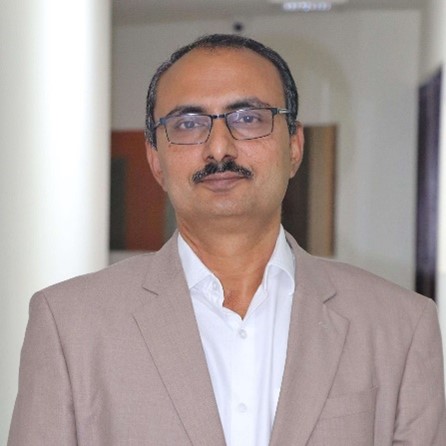

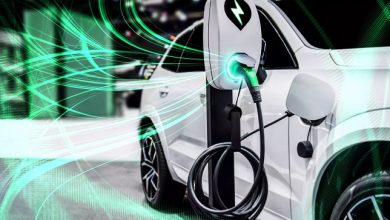
3 Comments